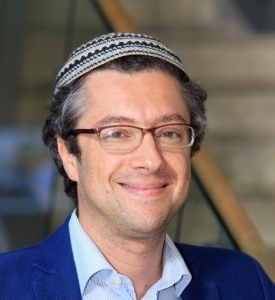What is the difference between lasing and superradiance (and how do we see it in an experiment)?
Emanuele Dalla Torre (Associate Professor Department of Physics, Bar-Ilan University)
WATCH THE RECORDED LECTURE HERE
ABSTRACT:
The Dicke model is a fundamental model of quantum optics, which describes the interaction between light and matter. When the coupling between the light and matter crosses a critical value, the Dicke model shows a mean-field phase transition to a superradiant phase. This transition belongs to the Ising universality class and was realized experimentally in cavity quantum electrodynamics experiments. Although the superradiant transition bears some analogy with the lasing instability, these two transitions belong to different universality classes. In my lecture I will associate this distinction to two type fundamental types of dynamical instability in classical nonlinear dynamics (pitchfork bifurcations and Hopf instabilities)
RECOMMENDED PAPERS:
Very short and to the point: https://journals.plos.org/plosone/article?id=10.1371/journal.pone.0235197
BIO:
 Prof. Emanuele Dalla Torre earned his Bachelor’s degree at the Technion. He earned his Master’s and PhD at the Weizmann Institute of Science. He did his post-doctorate at Harvard University in the United States.
Prof. Emanuele Dalla Torre earned his Bachelor’s degree at the Technion. He earned his Master’s and PhD at the Weizmann Institute of Science. He did his post-doctorate at Harvard University in the United States.
Dalla Torre is currently an associate professor at the department of physics at Bar-Ilan University, and a founding member of the local quantum science and technology center (QUEST). His research deals with the dynamics of complex quantum systems, including quantum optics and ultracold atoms and, recently, quantum computers on the cloud.
